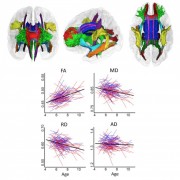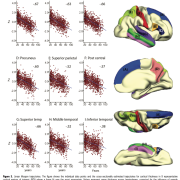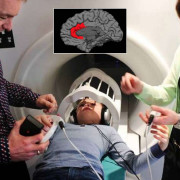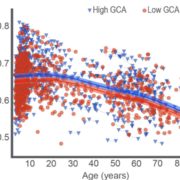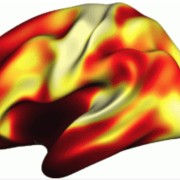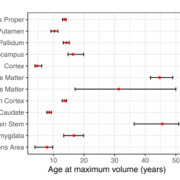Getting connected
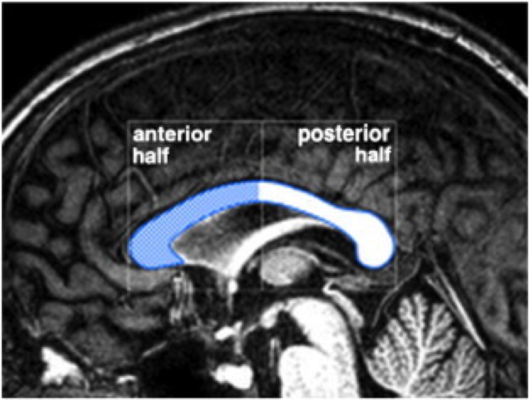
The two hemispheres of the brain are connected by an extensive bundle of nerve fibers known as the corpus callosum. This enables neural information both to be exchanged and shared between the two halves of the brain, or possibly delegated to a greater extent to one hemisphere more than the other. If the corpus callosum is impaired in any way then there will be a concurrent lack of inter-hemispheric communication and a large mental deficit. Therefore corpus collosal development represents a crucial step in healthy brain maturation in children; the structure typically shows a growth spurt during the first 2-3 years of life, achieving adult-like levels of function by middle to late childhood.
However, all previous research examining the structural development of the corpus callosum in middle to late childhood has also included adolescent children and even young adults. Therefore the results of these previous growth studies will have been swayed by the inclusion of older children, and the statistics are likely to be more representative of older children given their often greater number. In a recent paper LCBC investigated corpus callosal growth for the first time using a sample exclusively composed of children in middle to late childhood (aged 4-11 years), using brain scans from 428 children (approx. 50% gender split) with follow-up scans from 304.
The team found that the corpus callosum of children shows significant increases in thickness relative to overall brain size (i.e. after taking into account the fact that overall brain size increases during development) between 4-11 years. The growth rate found amounted to a 0.19mm growth in thickness per year in posterior regions (see top image) where the age effect was strongest.
This higher growth rate of the posterior part of the corpus callosum agrees with development research in general; it is known that the more posterior parts of the brain (visual and sensory areas) mature faster than anterior regions, and the posterior half of the corpus callosum links posterior brain regions. It therefore makes sense that we observed a more pronounced growth spurt in posterior corpus callosum, simply because brain changes associated with maturing visual and sensory systems are among the first to occur in young children. Thus this region-specific thickening of the nerve fibers connecting these systems is likely an effect of maturing sensory brain areas.
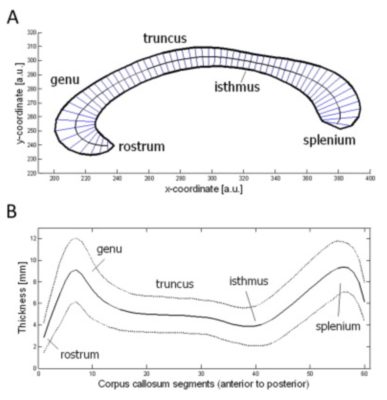
Top figure from Kompus, Kalpouzos & Westerhausen (2011). Brain Research. doi:10.1016/j.brainres.2011.08.052
Citation
97. Selective increase in posterior corpus callosum thickness between the age of 4 and 11 years ![]()
Cerebral Cortex
Westerhausen, R; Fjell, A. M; Krogsrud, S. K; Rohani, D; Skranes, J; Håberg, A & Walhovd, K. (2016).

